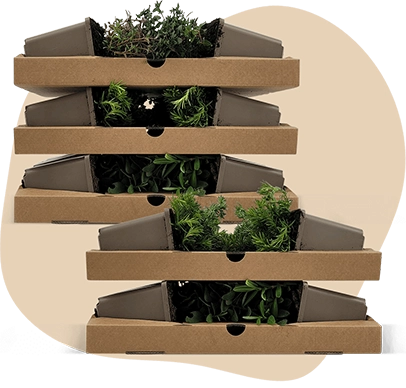Description
Acer palmatum 'Sangokaku' C3 40-60 | Japanese maple
The Acer palmatum 'Sangokaku', commonly known as the Japanese maple, is a striking plant with an upright growth habit. This shrub typically reaches a height of around 6 to 8 metres and a width of 4 to 5 metres. Its leaves are green, with a palmate shape and a delicate texture, turning a vibrant yellow in autumn. The Japanese maple is not evergreen, shedding its leaves in winter. It is known for its red winter branches, adding interest to gardens even in colder months. This plant is low-maintenance and does not produce fruits or berries, making it an excellent choice for small gardens or as a solitary feature in a border.
Key Plant Characteristics of Acer palmatum 'Sangokaku'
- Acer palmatum 'Sangokaku' blooms in March and April with red flowers.
- The flowers are not fragrant but can attract butterflies and bees.
- For optimal growth, this plant prefers a sunny or partially shaded location.
- It thrives in good garden soil that is well-drained.
- The bark of Acer palmatum 'Sangokaku' is notable for its red colour in winter.
This
garden plant is ideal for adding a striking appearance to any garden.
Application of the Acer palmatum 'Sangokaku' in the Garden
- The Acer palmatum 'Sangokaku' is perfect for use as a solitary plant or in a border, adding a striking feature to any garden.
- This plant is winter hardy, tolerating temperatures as low as -28.9°C, making it suitable for various climates.
- It combines well with other shrubs and perennials, enhancing the overall aesthetic of the garden.
- The most notable ornamental value of this plant is its red winter branches and yellow autumn leaves, providing year-round interest.





























